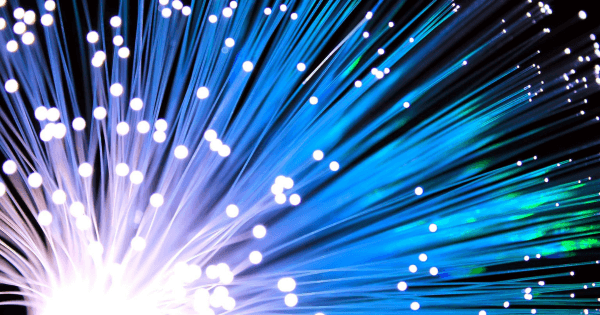Without a doubt, nowadays we are used to seeing all kinds of telecommunication towers, especially in densely populated areas. We use towers to distribute the power we use in our homes and to send the signals we need to communicate with each other. We have probably noticed cell phone towers and Internet towers in various areas near our home or work. But we may not have given much thought to how those signals are sent and received.
If you live in an area with a smaller and more dispersed population, you may be more familiar with the frustration associated with lack of service and connectivity. And even though the U.S. Department of Agriculture It invested about $85 million in 2015 to improve Internet connectivity in the most rural areas of that country, that doesn’t always mean everyone has a seamless connection. And even if it were possible, you most likely won’t realize what’s behind that improved connectivity. The same is true in Latin America.
The answer and solution for this type of inconvenience is a robust fiber optic (F.O.) network. When referring to wireless Internet or the 5G network you have on your smartphone, it’s important to know that those connections don’t just appear out of nowhere. Many people imagine satellites or other forms of connectivity that may not be easily seen. But, in reality, fiber capacity is the secret to great telecommunications services.
F.O. acts as the base of the tower. Cellular and Internet providers can build new towers all the time to expand their coverage areas. But they will not be able to achieve those goals if they do not have a robust fiber optic network with Internet connections. To provide wireless Internet, fiber optics are required. F.O. may not get much of the glory for this major achievement, but without fiber optic services, its wireless network would cease to exist. Fiber optic operators must lay new fiber or use existing fiber to provide a source of connectivity. This source is then used to create wireless connections.
Actually, wireless Internet is what connects your device to a fiber-optic network; it is the “middleman,” in a sense, that bridges the gap. Towers can be a great way to provide reliable Internet service to those living in more remote areas, but building more towers won’t do any good if a robust F.O. network isn’t part of the equation. Whether it’s wireless Internet for your laptop or the cellular wireless connections you use with the help of your smartphone, they absolutely all need reliable connections (in the form of fiber optics) to work as they should.
Today’s towers are built with fiber optics in mind, planning their infrastructure from the beginning. This evolution has greatly improved the performance of mobile networks and has made these towers more architecturally attractive. It should be noted, of course, that many telecommunications companies and network operators will develop their own towering services equipped with the best available fiber connectivity capacity.
Now that we understand the indispensable role fiber optics plays in all of our current needs, we may wonder if towers are necessary for your business or your municipality. For more information about the Towering and Fiber Optic Internet services we provide, contact Ufinet today.




